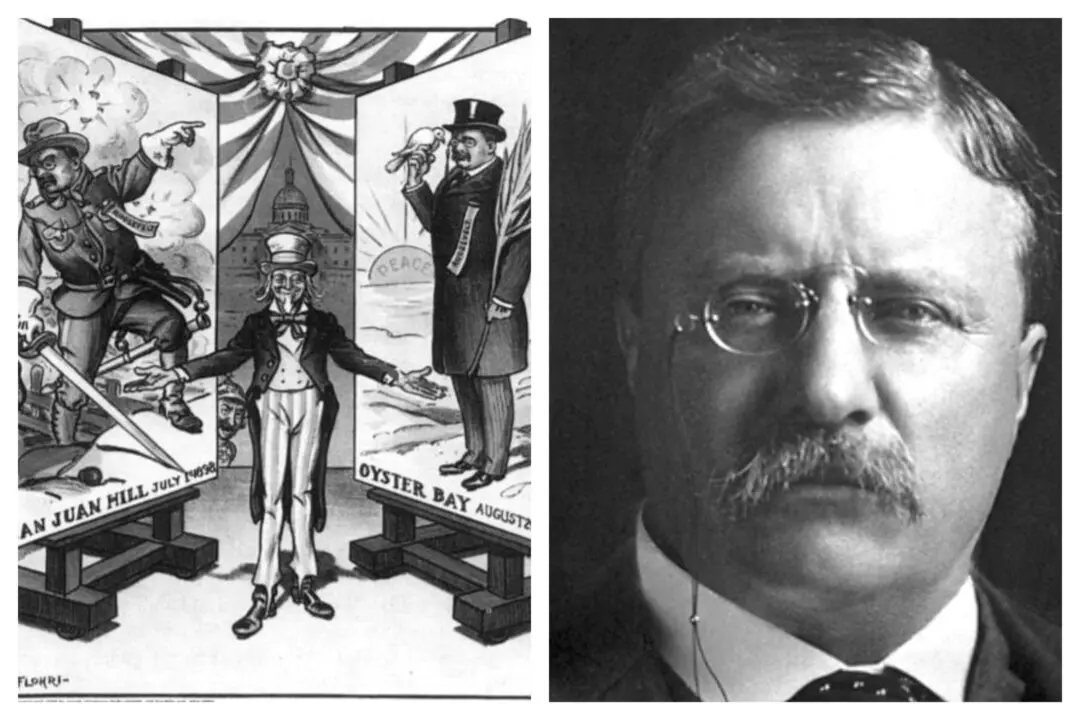Nicolaus Copernicus once said of the planet Mercury that “the planet has tortured us with its many riddles and with the painstaking labor involved as we explored its wanderings,” according to Dava Sobel’s “The Planets.”
Copernicus, arguably history’s greatest astronomer, published his “De Revolutionibus Orbium Coelestium“ (”On the Revolutions of the Heavenly Spheres") in 1543, the same year of his death. His work established the heliocentric model of the planetary system, which upended the longstanding geocentric model.






